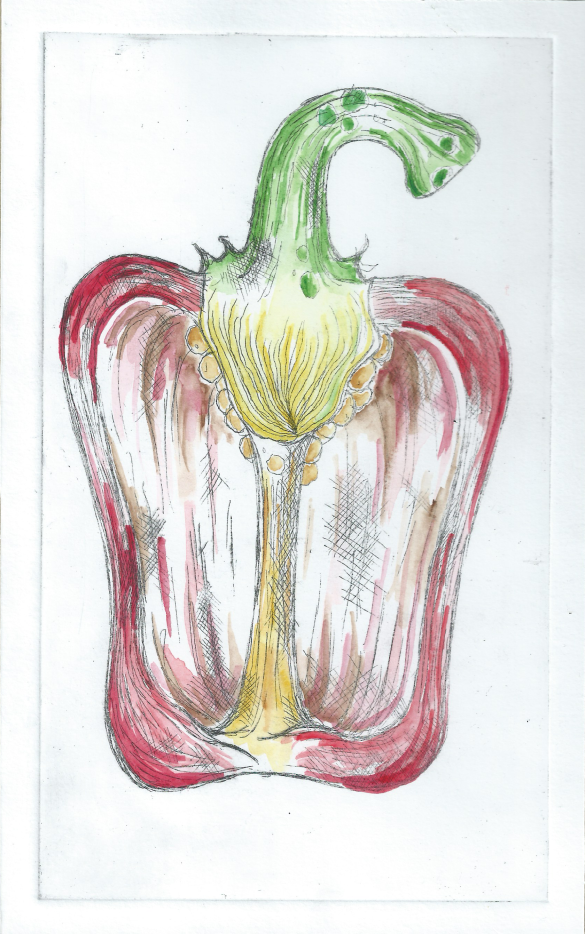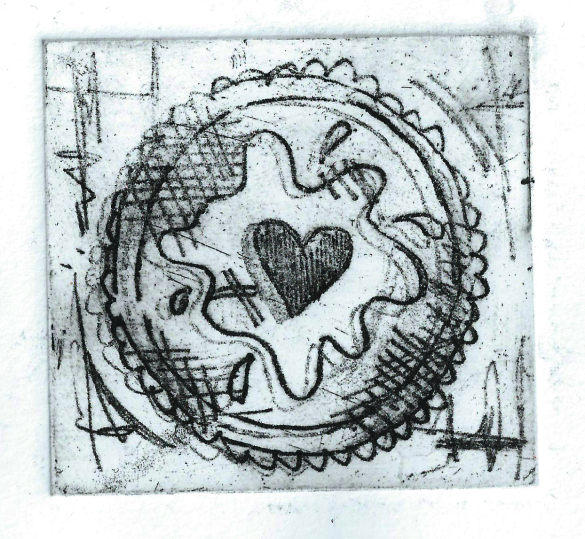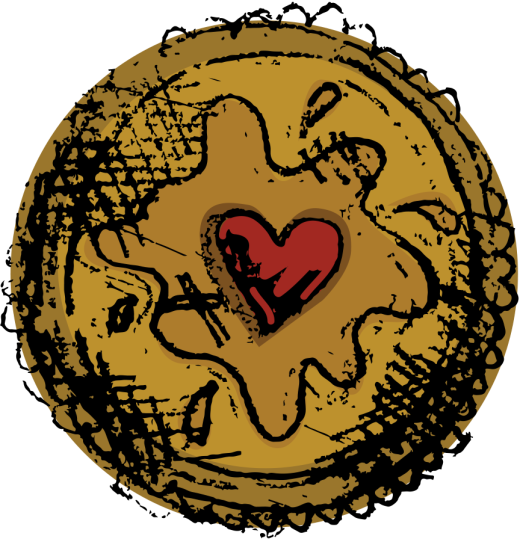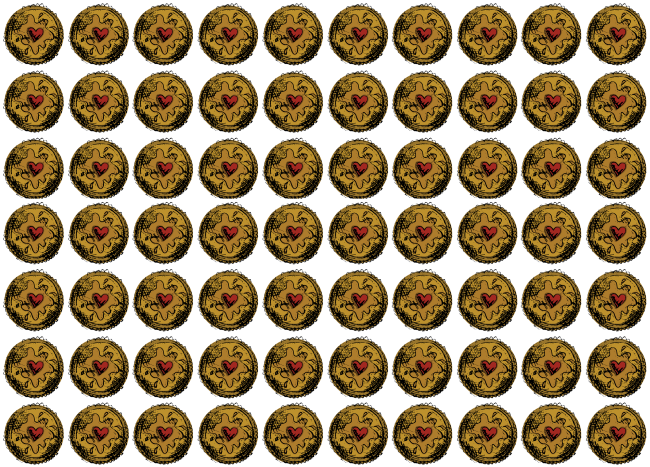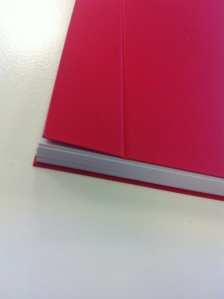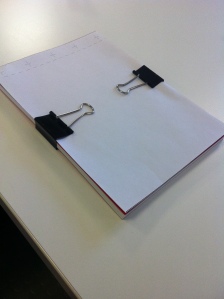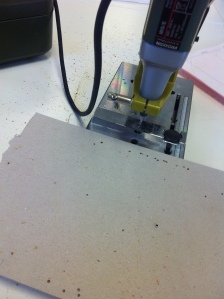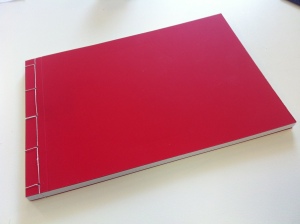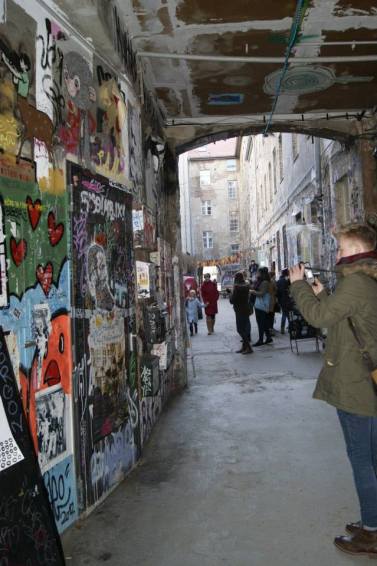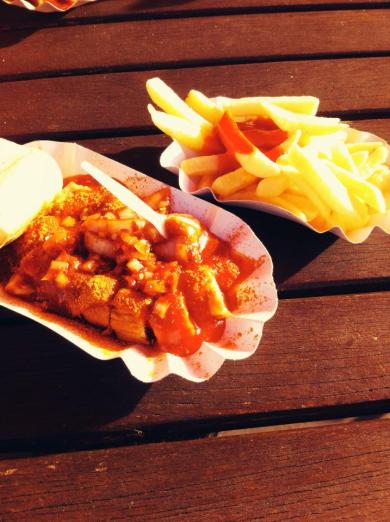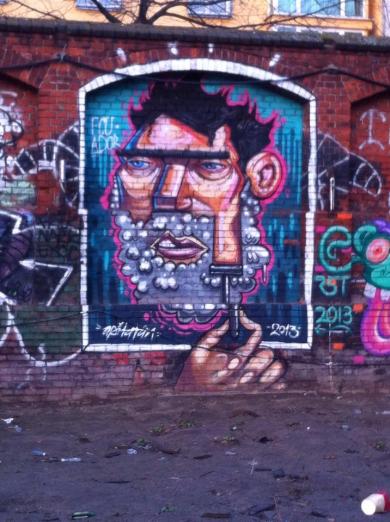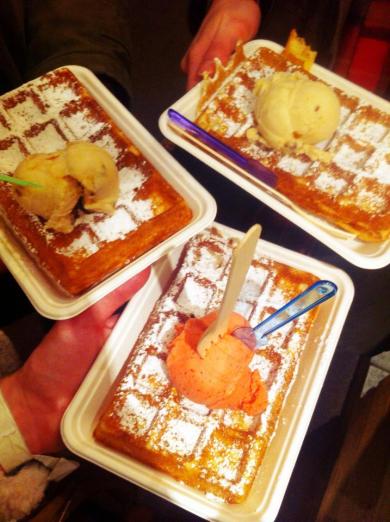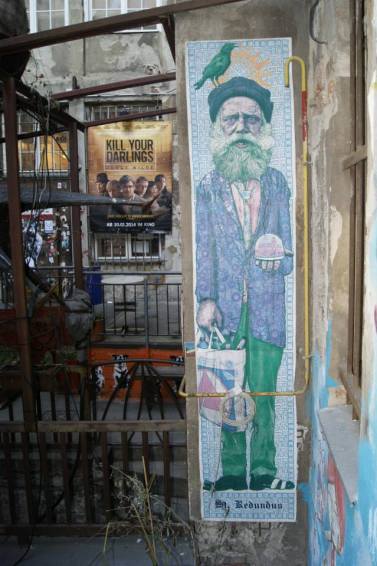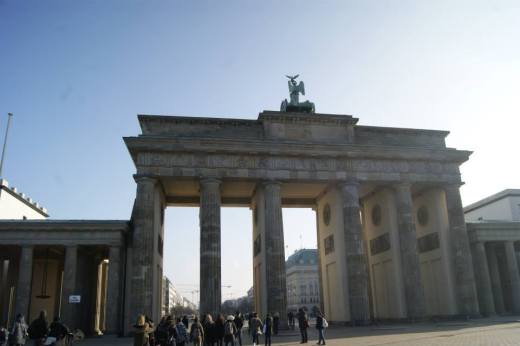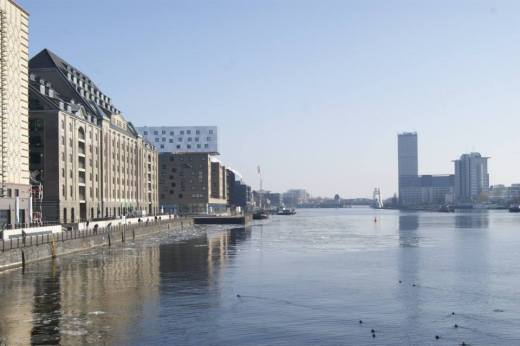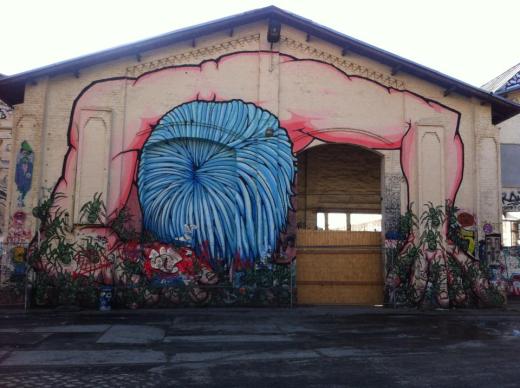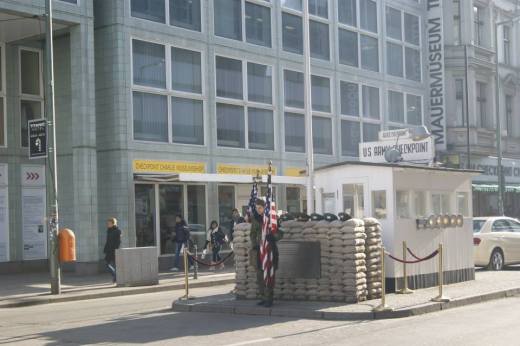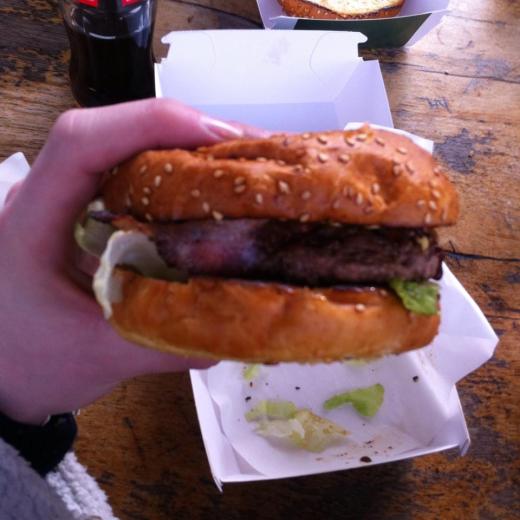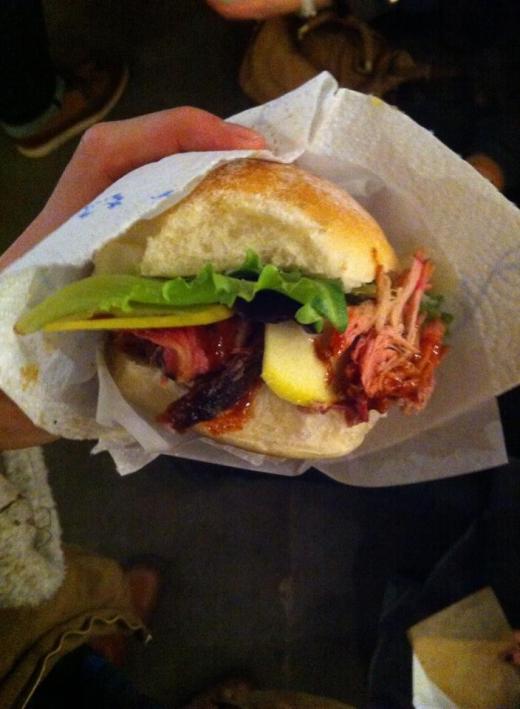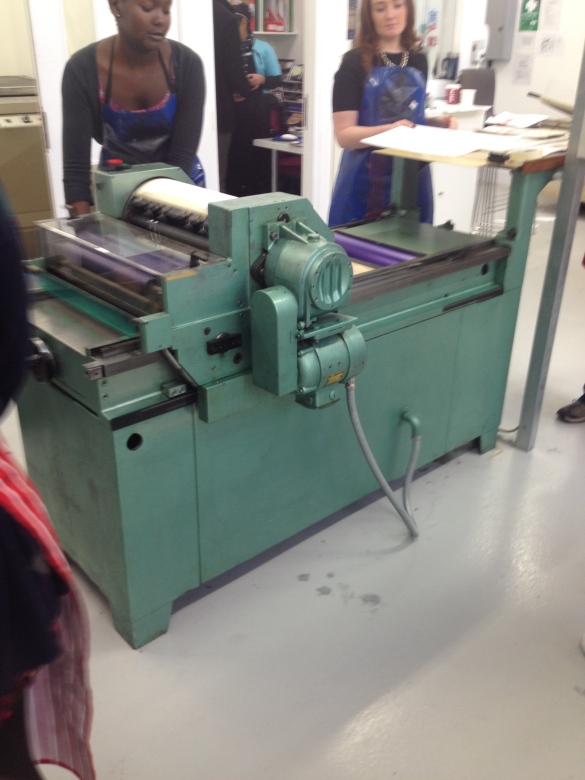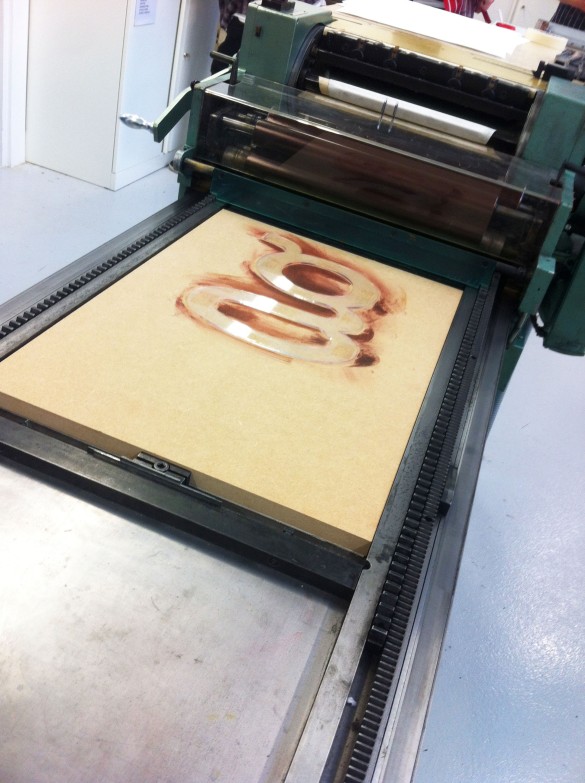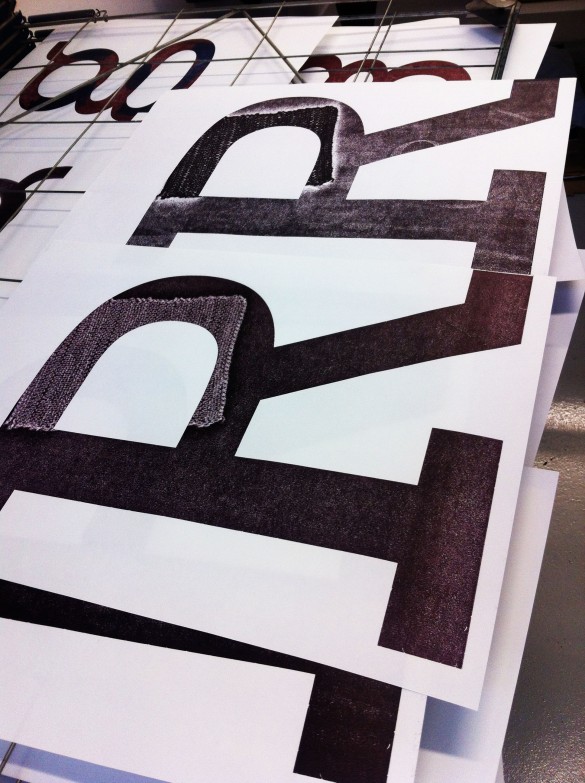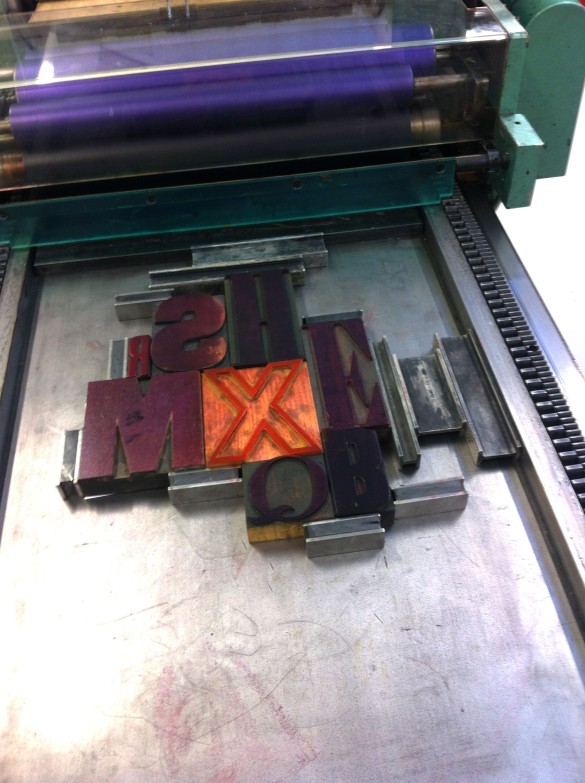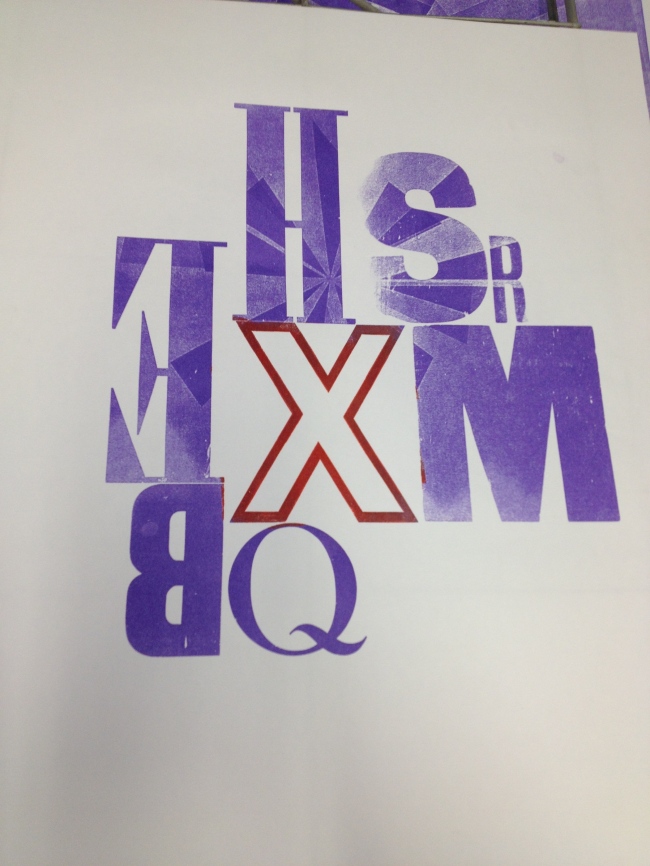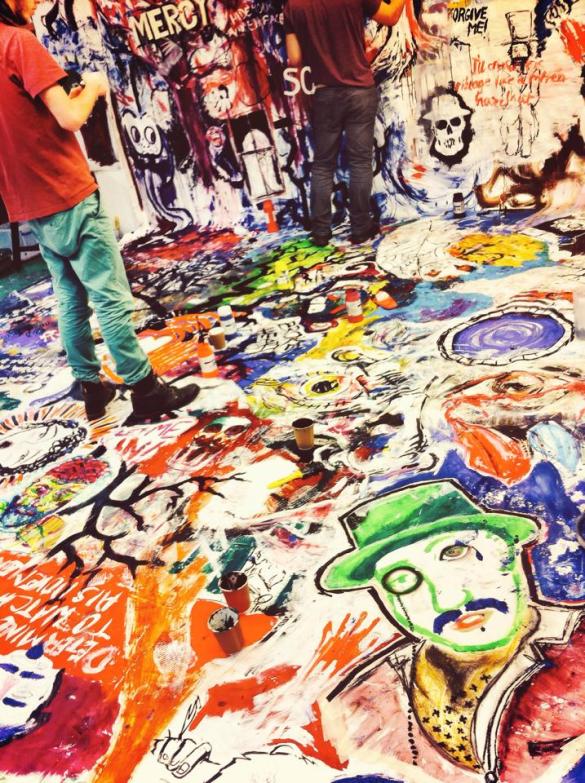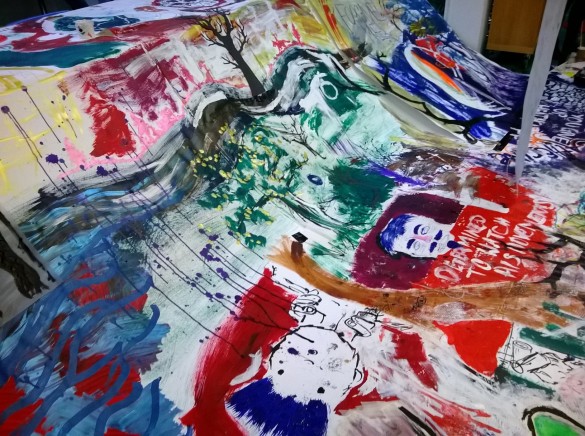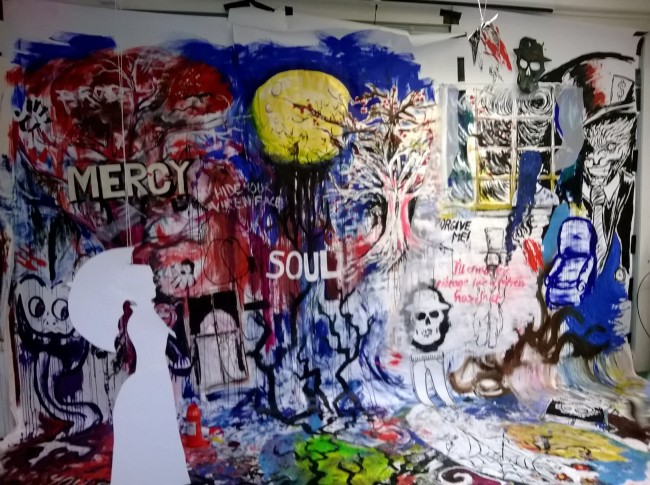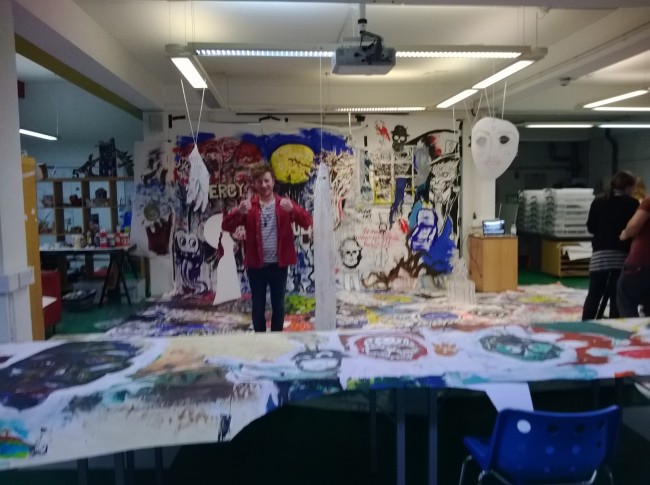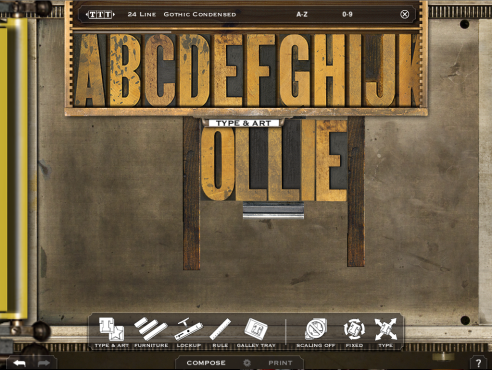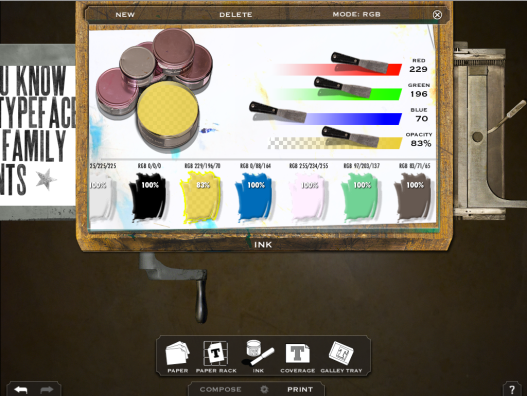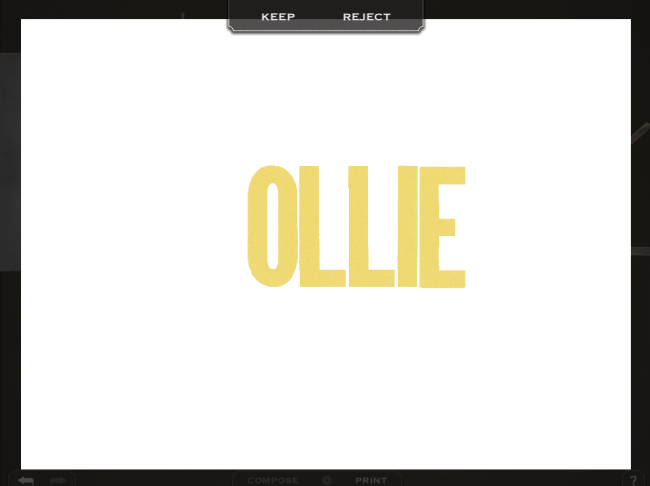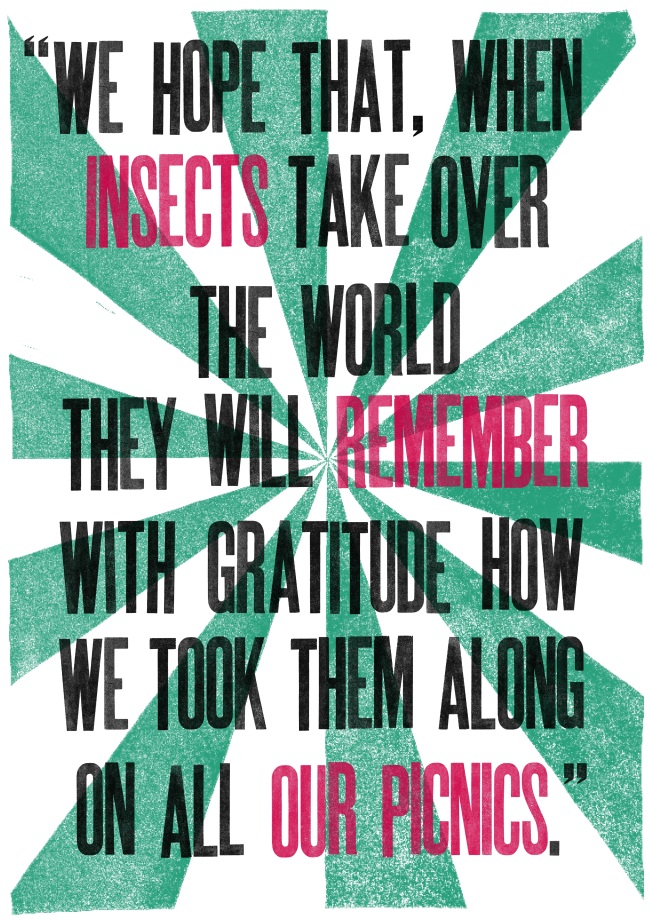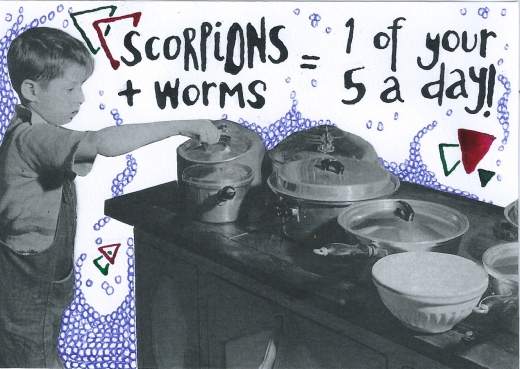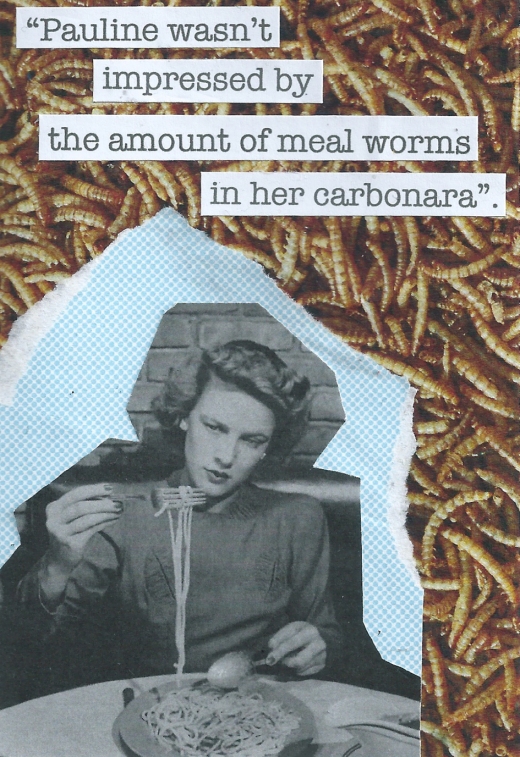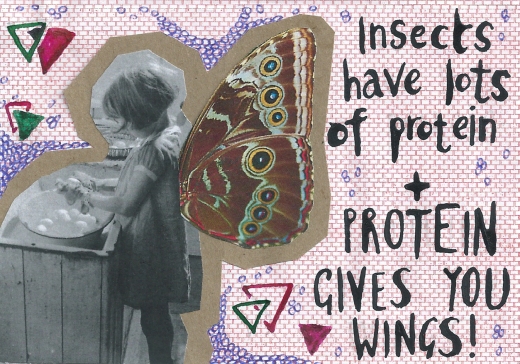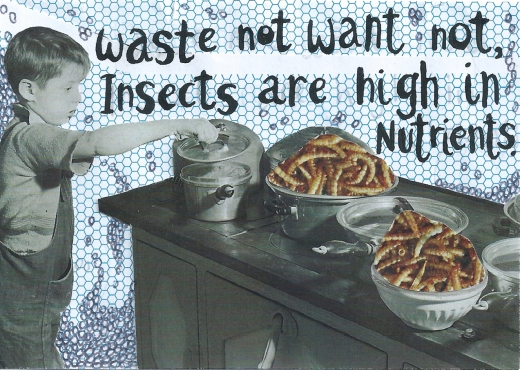This term I’ve been a bit more adventurous by exploring the print room at uni; which I found a bit daunting during my first term! But I’ve made heavy use of the facilities – producing a number of etchings, screen prints and letterpress prints.
I signed up to a workshop with David Price, in which I produced a soft ground and hard ground etching.
Hard ground creates a harder print – using a copper pen, you draw the design onto the plate. After being placed in the acid, the line etched onto the plate is very strong and defined – there isn’t any texture & the final print is very solid.
Soft ground produces a softer image. When drawing your design onto the plate you can use pencils and graphite sticks to create a line that isn’t so defined. The resulting prints appear as though they’ve been drawn, as the line quality maintains the texture of the physical material used to create the design.
Hard Ground Pepper, with Water Colour:
Soft Ground Jammy Dodger:
I took my soft ground etching, scanned it into Adobe Illustrator and experimented with image trace & colour. I created a pattern to be featured as end pages to my final zine. I quite liked how the image trace retained the quality of soft ground etching; creating a graphical illustration with a hand drawn appearance.
